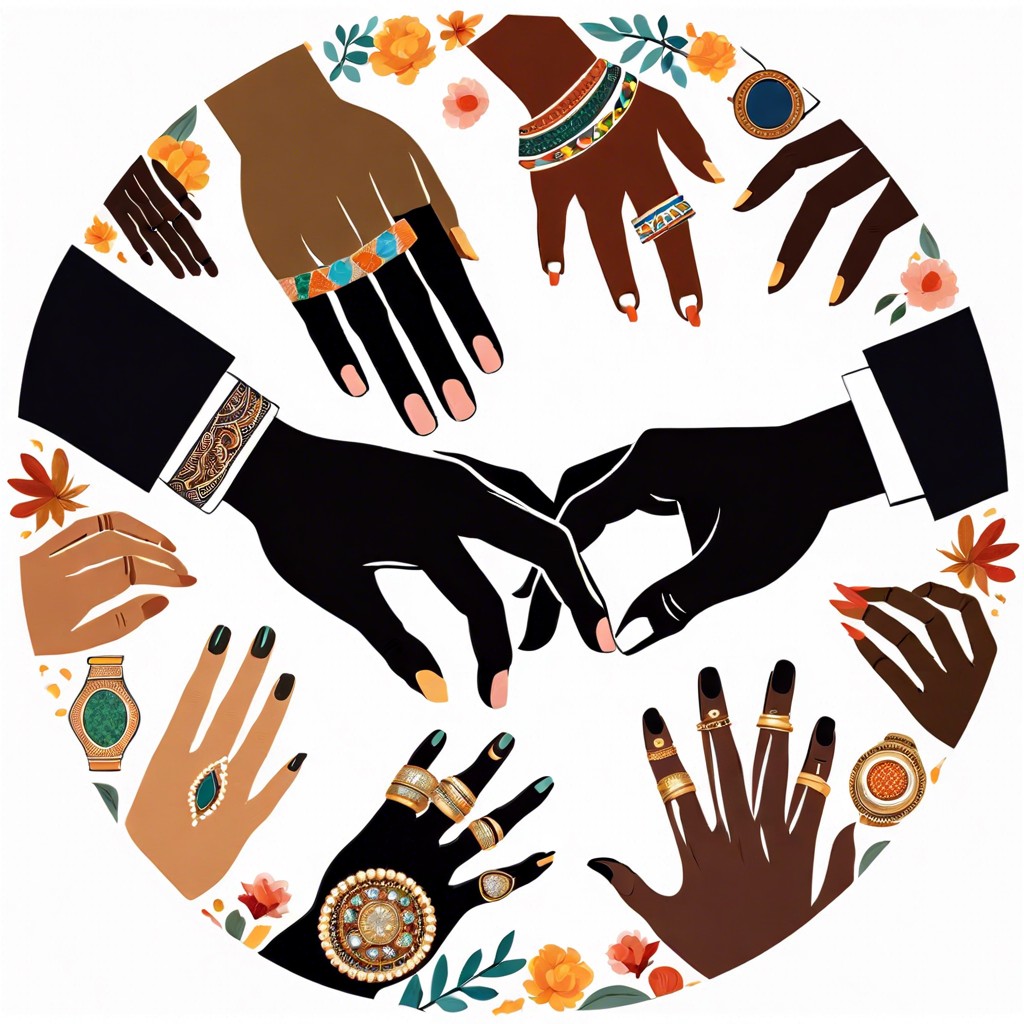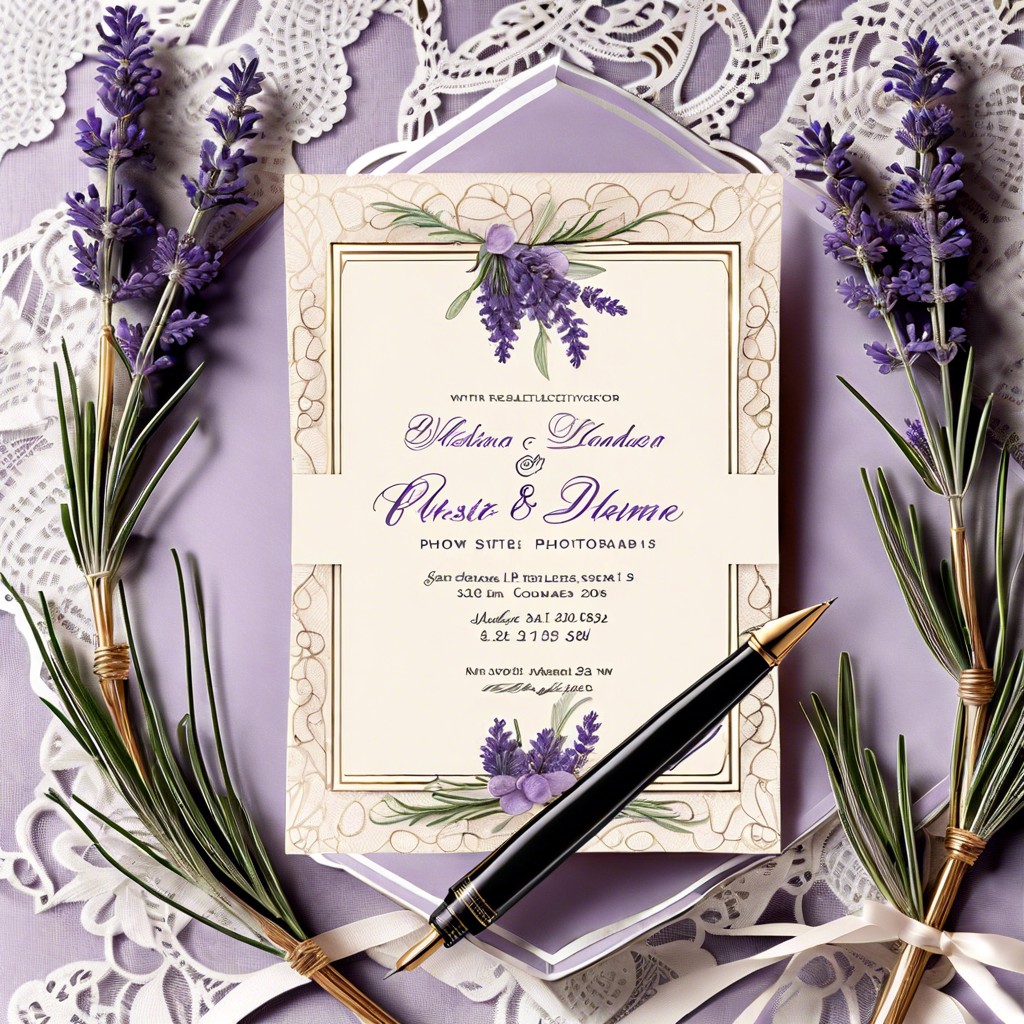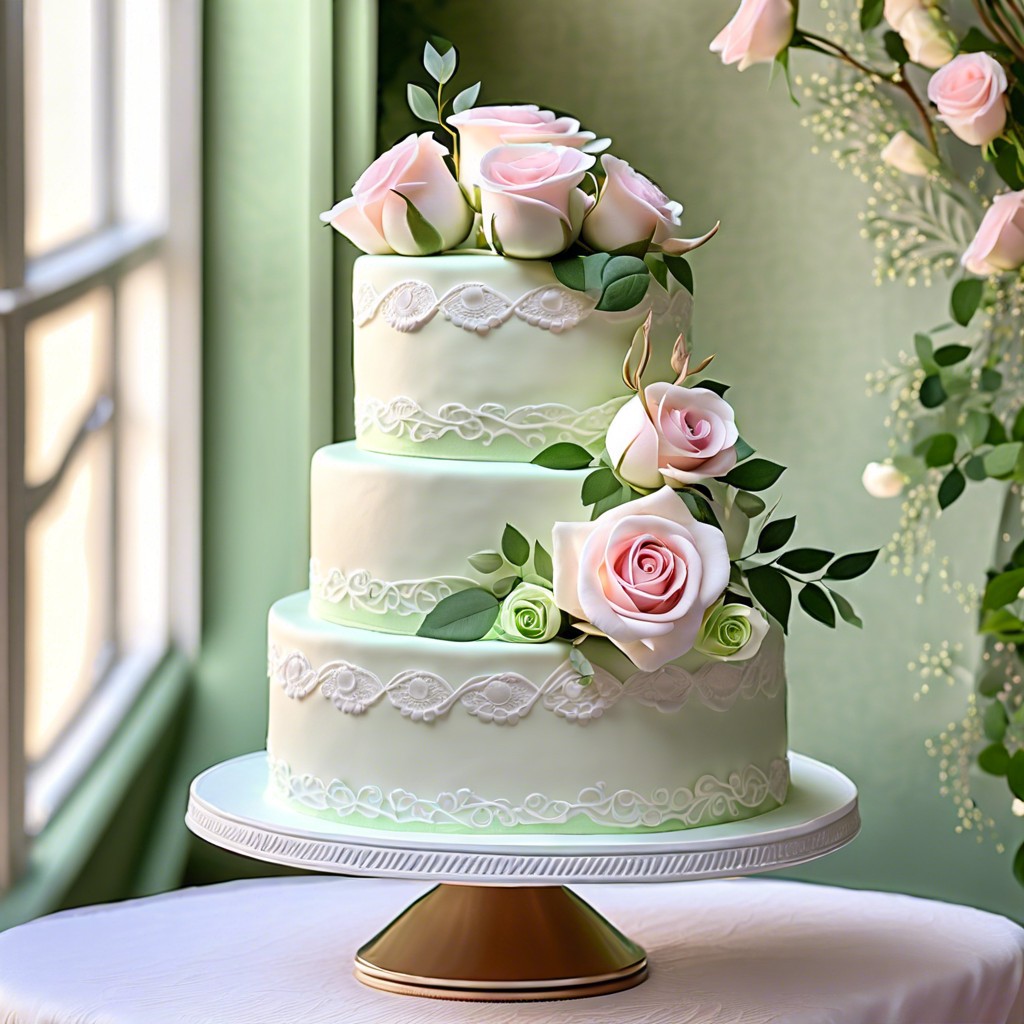Gratuities can be a complex aspect of wedding planning; this guide outlines whom to tip, how much, and when during your wedding festivities.
Key takeaways:
- Check your contract for included gratuity and tipping information.
- Expected tips for catering staff, hairstylists, setup crews, and officiants.
- General tip amounts for various wedding vendors.
- Prepare envelopes labeled with vendor names for distributing tips.
- Guidelines for navigating wedding tipping, including budgeting and cultural norms.
Check Your Contract First

Before finalizing any tip amounts, it’s crucial to peruse your contracts. Some vendors may already include gratuity in their service charge, so additional tipping would be optional and at your discretion.
When in doubt, reach out to your vendor for clarification. Here are some pointers to guide you through contract review for tipping information:
- Look for a ‘gratuity,’ ‘service charge,’ or ‘tip‘ line in the payment section.
- Service charges often go to the company, not the service staff, so consider if an extra tip is appropriate for the individuals servicing your event.
- Ask your vendor if the service charge is distributed to the staff; if not, or if it’s only partially given to them, a separate tip might be warranted.
Expected Tips
Understanding tipping etiquette ensures that you show appreciation for those who contribute to the beauty of your wedding day. Not every service provider expects a tip, but it’s customary to provide something extra for exceptional service or for vendors who do not own the business. Remember that tips are a gesture of thanks for dedication and hard work.
- Catering staff, such as waiters and bartenders, typically expect gratuities. This might be included in your contract as a service charge, but if not, a tip of 15-20% of the total bill is standard.
- For makeup artists and hairstylists, tipping is anticipated just as it would be for a regular salon visit. Aim to give 15-25% of the service cost.
- Delivery and setup crews often go unnoticed but play a pivotal role. A tip of $5-10 per person is appreciated for their labor-intensive work.
- Officiants might not require a tip if they charge a fee for their services, but for those affiliated with a religious institution, consider making a donation to their organization instead.
Each tip reflects not just a sign of gratitude but an acknowledgment of the individuals who help turn your wedding vision into reality.
How Much to Tip Wedding Vendors (by Vendor Type)
When considering the amount to tip wedding vendors, use the following as a general guideline:
- Catering Staff: 15-20% of the total bill to be split among servers, chefs, and bartenders.
- Wedding Planner: While not obligatory, 10-20% if they’ve gone above and beyond.
- Officiant: Often a donation of $100-$500 to their church or a fee of $50-$100 if they’re nondenominational.
- Photographers and Videographers: $50-$100 per staff member, especially if they do not own the studio.
- Florist: Tipping isn’t expected, but if you’re pleased, you can tip 10-15% of the bill or a flat fee of $50-$100.
- DJ or Band: $25-$35 per musician and $50-$150 for DJs.
- Hair and Makeup Artists: 15-20%, just like in a salon setting.
- Transportation: 15-20% of the total bill if not included in the contract.
Remember, tipping is a gesture of appreciation for service provided, so adjust these numbers based on your level of satisfaction and the quality of service.
How to Deliver Tips
Preparing envelopes in advance is a convenient way to organize tips for your wedding vendors. Label each envelope with the vendor’s name and designate a trusted person, often your wedding coordinator or a family member, to distribute them.
For some vendors, handing out tips at the end of the service is customary; for example, give your officiant’s tip following the ceremony. Conversely, with caterers or reception staff, it’s typically given at the conclusion of the reception.
Keep in mind the manner of service: direct and discrete handoffs are always preferred to ensure that the gratuity is both received and acknowledged. If a vendor goes above and beyond, feel free to add a personal note of thanks with their tip to express your gratitude more personally.
Wedding Tipping Guidelines
Navigating the world of wedding tipping can be tricky, but a few helpful guidelines can streamline the process:
– Percentage vs. Flat Rate: Some service providers, like waitstaff and bartenders, are typically tipped a percentage of the total bill (15-20%), while others, such as makeup artists and hairstylists, are often given a flat rate ($50-$100 per person). – Quality of Service: The level of satisfaction with a vendor’s service plays a significant role in determining the tip amount. Exceptional service might warrant a higher tip to show your appreciation. – Vendor Categories: While it’s customary to tip certain vendors, others may not expect it. Generally, owners of businesses do not receive tips, but employees do. – Cultural Norms: Tipping practices can vary by region and culture. It’s worth researching local customs or seeking advice from a wedding planner familiar with the area. – Budgeting for Tips: Remember to account for tips when creating your wedding budget to avoid last-minute financial surprises. – Note of Thanks: Including a hand-written note with your tip can add a personal touch that vendors will appreciate.Keep in mind, though, that while tipping is customary, a well-considered tip is a gesture of gratitude, not an obligation.



